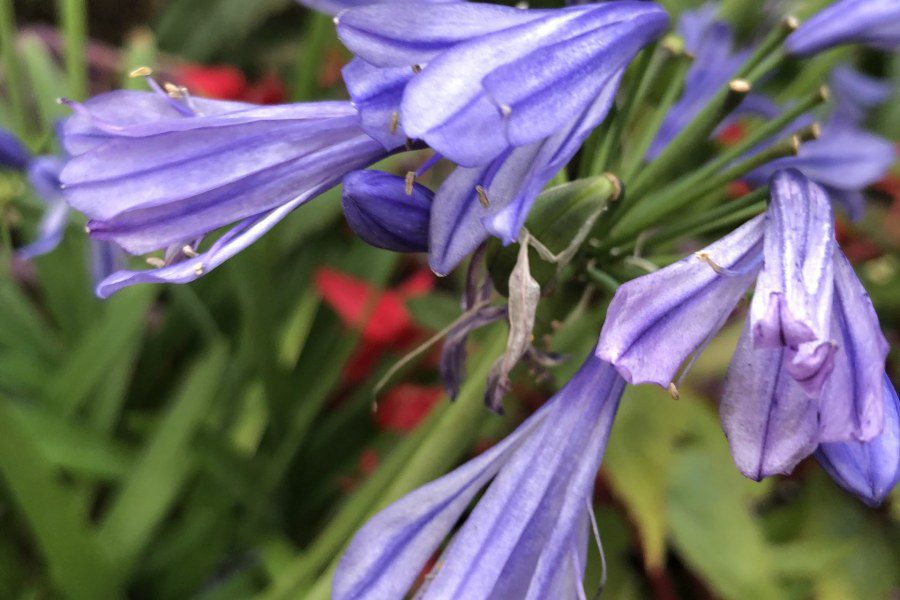Hardy Agapanthus Varieties Suitable for UK Gardens
Agapanthus ‘Polar Ice’
- Description: ‘Polar Ice’ features elegant white flowers with a hint of blue at the base, making it a striking addition to any garden.
- Hardiness: Suitable for UK climate (equivalent to USDA Zones 6-10).
Agapanthus ‘Cold Hardy White’
- Description: This variety produces stunning white flowers and is known for its cold hardiness.
- Hardiness: Suitable for UK climate (equivalent to USDA Zones 6-10).
Agapanthus ‘Cold Hardy Blue’
- Description: This variety has blue flowers and is bred for enhanced cold hardiness.
- Hardiness: Suitable for UK climate (equivalent to USDA Zones 6-10).
Agapanthus ‘Headbourne Hybrids’
- Description: A group of hybrids known for their resilience and cold hardiness, producing blue to violet flowers.
- Hardiness: Suitable for UK climate (equivalent to USDA Zones 6-9).
Agapanthus ‘Blue Heaven’
- Description: Noted for its compact growth and bright blue flowers.
- Hardiness: Suitable for UK climate (equivalent to USDA Zones 6-10).
Agapanthus inapertus ‘Graskop’
- Description: Known for its pendulous blue flowers and tolerance of cooler temperatures.
- Hardiness: Suitable for UK climate (equivalent to USDA Zones 6-9).
Agapanthus ‘Peter Pan’
- Description: A dwarf variety with blue flowers, hardy and compact, suitable for smaller gardens or containers.
- Hardiness: Suitable for UK climate (equivalent to USDA Zones 7-10).
Tips for Growing Agapanthus in a UK Garden
Planting Location:
- Soil: Ensure well-draining soil. Agapanthus dislike waterlogged conditions, which are more common in the UK due to frequent rain.
- Sunlight: Choose a spot with full sun to partial shade. Agapanthus thrive in sunny locations but can tolerate some shade.
Winter Protection:
- Mulching: Apply a thick layer of mulch (such as straw or bark chips) around the base of the plant in late autumn to protect the roots from frost.
- Covering: In very cold regions, cover the plants with horticultural fleece or bring potted plants indoors during severe frosts.
Watering:
- Summer: Water regularly during the growing season, ensuring the soil is moist but not waterlogged.
- Winter: Reduce watering significantly in winter to prevent root rot, as the plants are dormant and need less moisture.
Feeding:
- Spring and Summer: Use a balanced, slow-release fertilizer in spring and again in mid-summer to promote healthy growth and flowering.
- Autumn: Avoid feeding in autumn to prevent soft growth that could be damaged by frost.
Dividing:
- Timing: Divide the clumps every few years in spring or early summer to rejuvenate the plants and encourage better flowering.
- Method: Lift the clumps carefully, divide them with a sharp spade, and replant the divisions at the same depth.
Containers:
- Pots: If growing in pots, use a well-draining compost mix and ensure the container has drainage holes.
- Mobility: Potted Agapanthus can be moved to a sheltered location or greenhouse during winter to provide additional protection.
.


